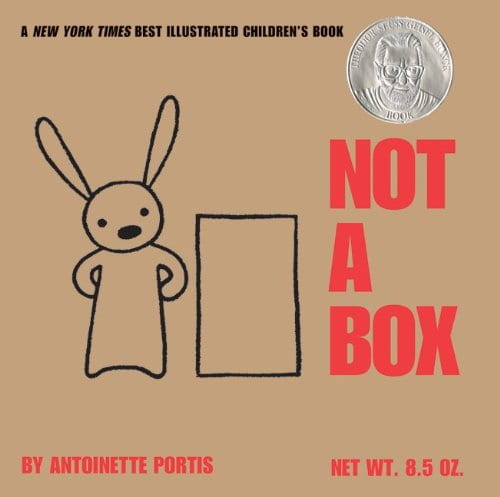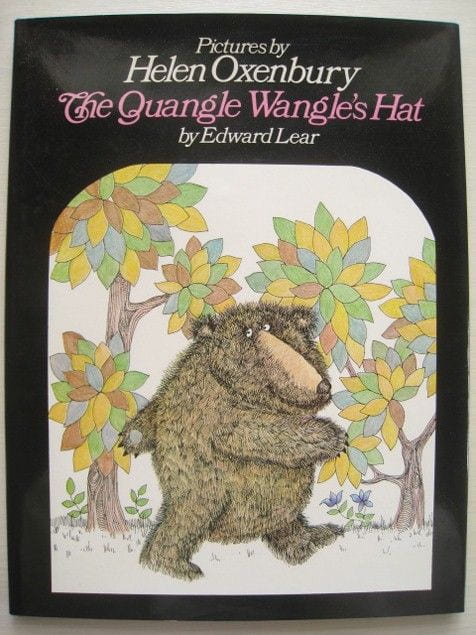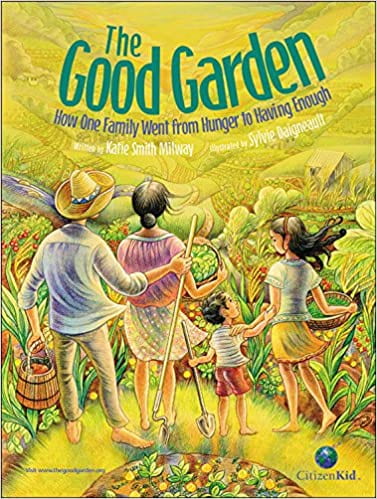Ada’s Violin

Lesson Summary
In Paraguay, a young girl named Ada Rios showed us that with ingenuity and creativity we can use materials we find in our environments, even items that have been deemed “trash” to meet musical functions. In this lesson, students are challenged to reforge everyday materials (like coffee cans, soda cans, lids of various materials, and rubber bands) into playable instruments that are played and performed as a one-player-band.
ELA Standards:
Integrate information presented in different media or formats (e.g., in charts, graphs, photographs, videos, maps) as well as in words to develop a coherent understanding of a topic or issue
STE or Math Standards:
6.MS-ETS2-2(MA). Given a design task, select appropriate materials based on specific properties needed in the construction of a solution.
Clarification Statement: Examples of materials can include metals, plastics, wood, and ceramics.
Video
Ada’s Violin read by Miss Caitlin




